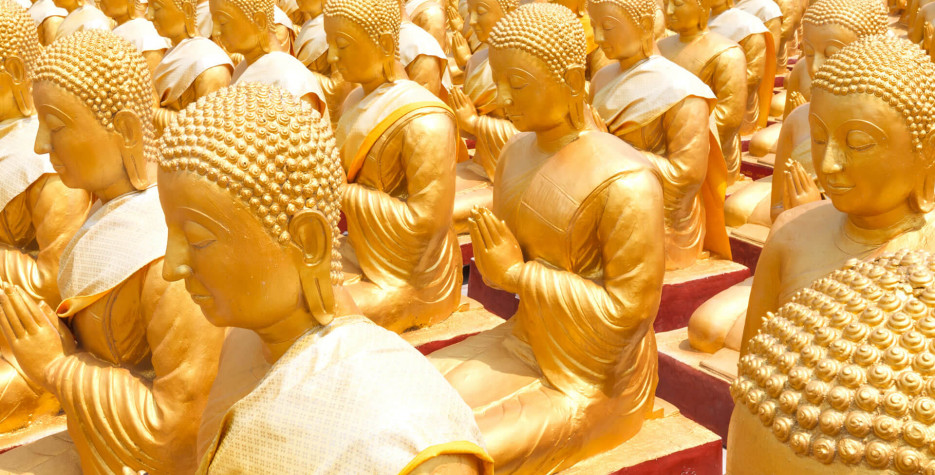When is Maka Bucha?
Maka Bucha is a public holiday in several Mekong region countries such as Cambodia and Thailand. This festival is the second most important Buddhist festival. As with most Buddhist festivals, its date depends on the Lunar cycle. The holiday may also be known as Magha Puja or Lord Buddha Day.
On this day, the full moon of the third lunar month (called Tabodwe); seven months after Buddha began his teachings, over a thousand monks gathered to hear Buddha preach.
Buddha ordained these monks and spread the principles of Buddhism. This marked a key event in the development of the religion.
45 years later, on the same full moon in the third lunar month, Buddha again delivered his teachings shortly before his death.
This third lunar month on which both events occurred is known in Buddhist Pali language as 'Makha'. 'Bucha', means to honour.
How is Maka Bucha Day celebrated?
In the morning many Thai people wake up early to give alms to monks. In the evening, temples are full of people listening to sermons. They often perform a ritual known as the candle ceremony where they walk clockwise three times around the temple. holding flowers, incense, and a lighted candle. Each of the three circuits represents one of the three jewels (ideas at the heart of Buddhism) - Buddha, Dharma, and Sangha.


